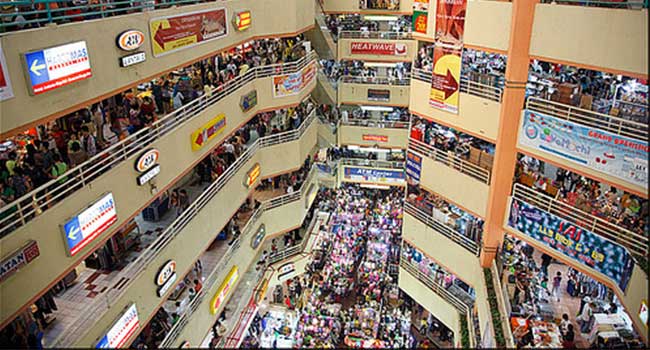
Security Checkpoint Thwarts Attackers in Jakarta Mall
- By Sydny Shepard
- Jan 14, 2016
Indonesia’s capital Jakarta was hit by a series of bombings on January 14 that killed at least two people and wounded many others. A number of explosions rocked the city’s Sarinah neighborhood starting at around 10:45 a.m. local time, followed by a gun battle between the attackers and police outside at Starbucks cafe.
One of the attacks was an explosion at a police checkpoint outside the Sarinah shopping center. The attackers were apparently targeting the mall, but were stopped by security guards and taken to the checkpoint. It was there that they set off their bombs.
These events suggest that a potentially much deadlier attack was foiled not by special intelligence or security measures, but by the routine checks that are in place at many public building around the world.
Jakarta put these measures in place after attacks on the Ritz-Carlton and Marriott hotels in 2009. The check has since been called “security theatre” by the local onlookers, a source of both entertainment and inconvenience for most shoppers.
Shopping malls and offices are often equipped with security oversees, ranging from airport style x-ray machines to metal-detector gantries. These are common in some other Asian cities, like Bankok and Mumbai.
There has been reluctance to add in security checks at malls in the U.S. because of the impression that it would be too great of an imposition on life. Security experts have found that Americans have no appetite for making malls closed in environments with one entrance and exit and a metal detector.
Some have suggested that just creating the impression of heightened security can cause potential assailants to give themselves away. In the case of the foiled Sarinah mall attack, perhaps the bombers were scared off by the guards and also gave themselves away. If that is true, then the supposed “security theater” really has its benefits.
About the Author
Sydny Shepard is the Executive Editor of Campus Security & Life Safety.